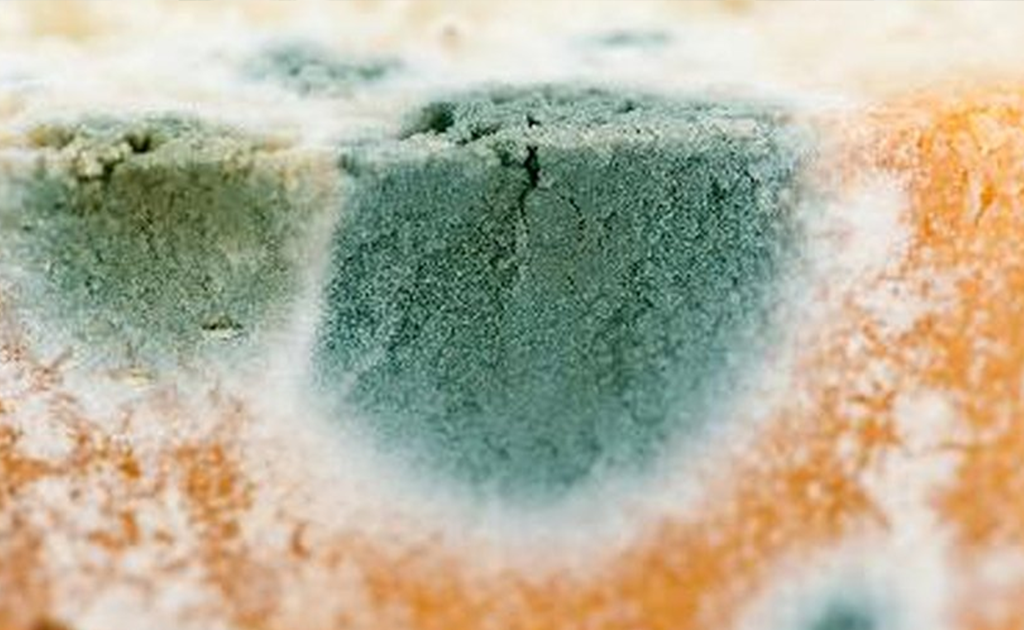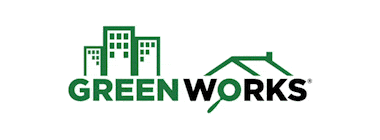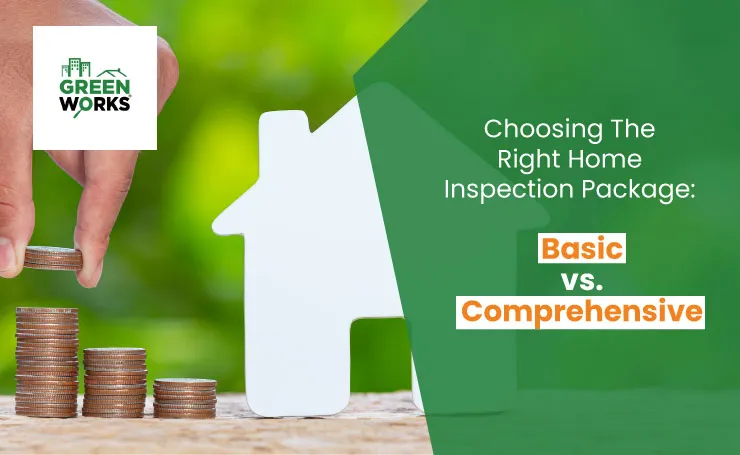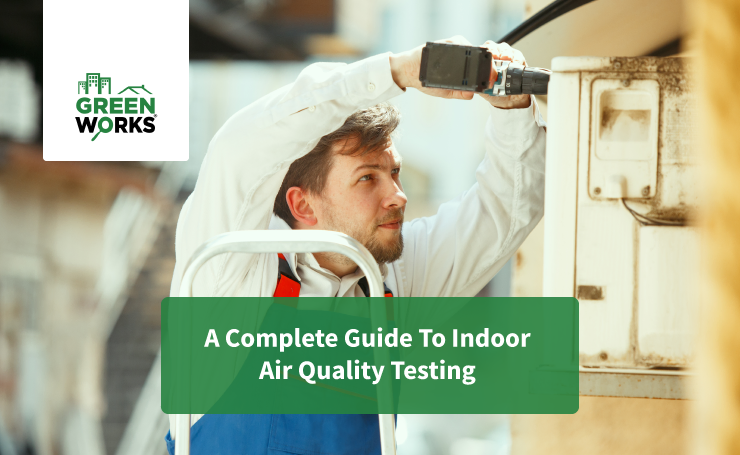Posts

Mold Inspections for Commercial Properties: Ensuring Safe and Effective Remediation
When it comes to commercial properties, maintaining a safe and healthy environment is paramount. Mold can pose significant health risks to occupants and damage the structural integrity of a building. This is why mold inspections and subsequent remediation processes are crucial. At GreenWorks Environmental, we follow a linear and meticulous process to ensure that any mold issues are identified and addressed effectively.
Initial Visual Inspection
Our mold inspection process begins with a thorough visual assessment. Our experienced inspectors check for conditions that could encourage mold growth, including:
- Humidity Levels: High humidity is a breeding ground for mold.
- Moisture: We look for signs of water intrusion or dampness in various areas.
- CO2 Levels: Elevated CO2 levels can indicate poor ventilation, which can contribute to mold growth.
Advanced Tools Usage
To go beyond the basics, we employ advanced tools that set us apart from other companies:
- Infrared Scans: These help detect hidden water issues behind walls, ceilings, and some flooring materials.
- Moisture Meters: These pinpoint moist areas with precision, measuring the percentage of moisture in materials. Readings above 15% are considered conducive to mold growth.
Deciding on Samples
Based on our visual and tool-assisted inspection, we determine the number and locations of mold samples needed. We utilize two primary sampling methods:
- Air Sampling: Indoor air samples are compared to outdoor samples to assess if indoor mold levels are unusually high.
- Direct Sampling: Direct samples from surfaces help identify the specific types of mold present.
Goal: Clear Action Plan
The main goal of these inspections is to identify if mold is present and determine its type. This information is critical for formulating a clear and effective remediation plan, which is provided to a third-party mold remediation company.
Mold Remediation Protocol and Clearance Inspection
Once mold is detected, remediation should follow a strict protocol:
- Remediation Protocol: Based on our findings, we document specific recommendations for mold remediation, to be performed by a third-party company.
- Post-Remediation Assessment: After remediation, a Mold Clearance Inspection is conducted to confirm the success of the remediation process. This includes up to five samples to ensure no mold remains.
If the remediation efforts assessed are deemed successful, the client receives a Certificate of Mold Damage Remediation (CMDR), also known as a Mold Clearance Letter. If not, additional remediation will be recommended, followed by a retest at a later date.
The Importance of a CMDR
Within ten days of completing remediation, the remediator must provide the property owner with a CMDR. This certificate includes a statement from a mold assessor (MAC) that the contamination has been remediated according to the clean-up plan and indicates whether the underlying cause of the mold has been fixed. Property owners should keep these documents on file and provide them to potential buyers if the property is sold.
Mold Terminology
Understanding mold terminology is essential:
- Allergen: Mold can cause hay fever, asthma, and other allergic reactions.
- Contaminant: Present without directly causing infection but can still be problematic.
- Opportunistic Pathogen: Infects only when the person has a weakened immune system.
Common Mold Types
- Aspergillus/Penicillium: Common allergens that can produce toxins, posing significant health risks.
- Chaetomium: Sometimes allergenic and potentially toxic.
- Cladosporium: Often causes hay fever and asthma, but is rarely pathogenic.
Conclusion
Ensuring a commercial property is within proper parameters from mold is a multi-step process that requires thorough inspection, precise sampling, and effective remediation followed by a detailed clearance inspection. At GreenWorks Environmental, we provide comprehensive mold inspection services that utilize advanced tools and techniques to ensure a safe and healthy environment for all occupants.
For more information on our mold inspection and remediation recommendations, please contact GreenWorks Environmental today. Your safety and satisfaction are our top priorities.



